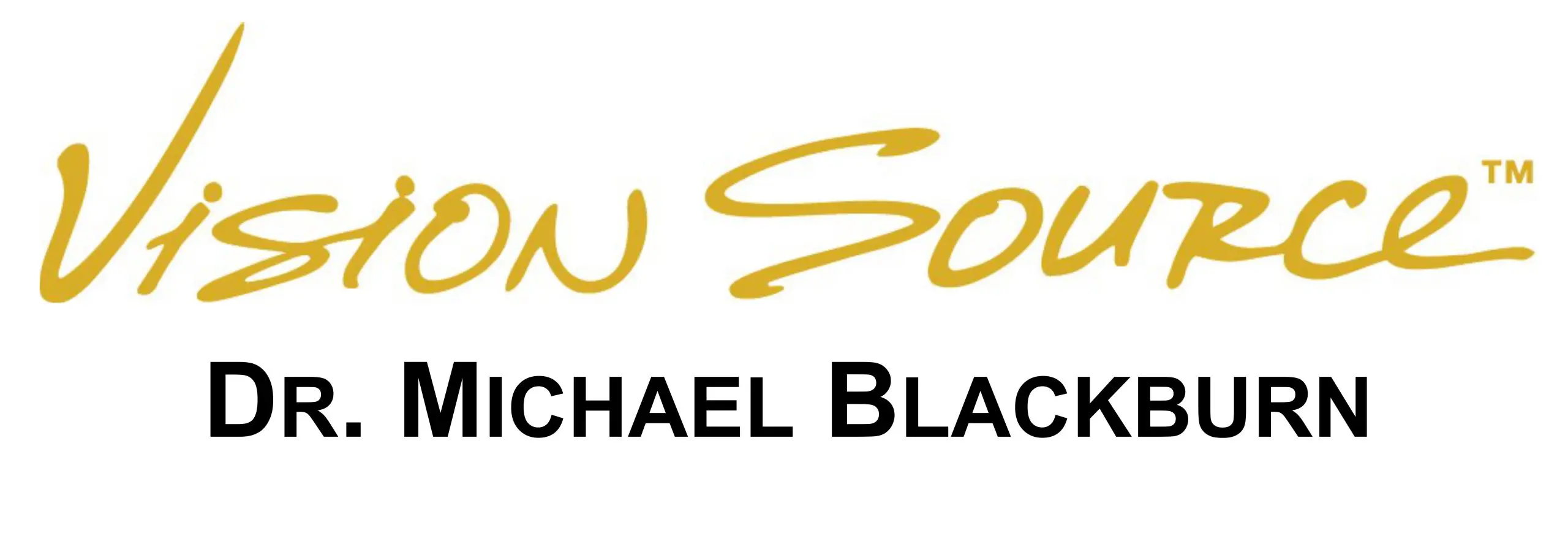Family Eye Care
Family
Eye Care
Comprehensive Family
Eye Care
Comprehensive Family Eye Care
Eye exams are vital to your family’s overall health. In addition to assessing their visual acuity, your eye care provider will test for common eye diseases, assess how your family’s eyes are functioning together, and more. Serious health issues like diabetes and high blood pressure are often first detected during an eye exam. Don’t put it off — schedule your family’s eye care with Dr. Michael Blackburn today.
Get In Touch With Us Today For A Lifetime Of Clear Vision!
Call us today to request an appointment or speak to our staff.
What does a comprehensive eye exam include?
- Visual acuity to test the sharpness of your vision, usually with an eye chart
- Visual fields test to check for blind spots in your vision
- Computer Autorefractor to estimate your eyeglass prescription
- Refraction to determine your exact eyeglass prescription
- Slit lamp to check for common eye diseases and conditions
- Optical Coherence Tomography (OCT) to examine the layers of the optic nerve and retina
- Tonometry to test for glaucoma
- Optomap Ultra-Widefield Retinal Imaging to examine the optic nerve, retina and blood vessels inside the eye
Most eye care professionals recommend yearly eye exams. But it depends on your age, risk factors, and whether or not you wear corrective lenses.
The American Optometric Association (AOA) recommends children have their eyes examined at 6 months old, three years old, at the start of school, and every two years until age 18.
For adults, the AOA recommends a comprehensive eye exam every two years for ages 18 to 60 at minimum and annual exams for seniors age 61 and older.
A comprehensive eye exam typically does not include a contact lens evaluation. So you may need to schedule a separate contact lens exam.
Just let us know when you schedule your appointment, and we’ll make sure you are taken care of.
Make healthy vision a priority in your life and in the lives of the ones you love. Schedule a comprehensive eye exam with Dr. Michael Blackburn now.
Support your child’s
highest potential.
Healthy vision is one of the most important components of your child’s wellness. Vision develops rapidly starting at birth and is tied to many developmental milestones, such as hand-eye coordination and reading. In the long term, your child’s vision will impact how they learn, play, and interact with the world. While there may be some obvious signs of visual disorders, many vision problems can only be detected by a qualified eye doctor during a comprehensive eye exam. Schedule an appointment with Dr. Michael Blackburn, and give your child the gift of clear vision.
Your child may be experiencing a vision problem if he or she does any of the following:
- Avoids reading and close-up work like coloring or doing puzzles
- Seems to work slow or not understand the task
- Complains of fatigue or headaches
- Has a short attention span or seems distracted
- Covers one eye or tilts head when focusing on something
- Shows sensitivity to light
- Exhibits difficulty with coordination
Vision can be affected by many things, including the shape of the eyeball, how the eyes and brain work together, and by other diseases or medical conditions. The good news is that many eye disorders can be successfully identified and treated.
The most common eye disorders are caused by the shape and alignment of the eyes, including:
Strabismus is when the eyes do not align properly. This is often referred to as “crossed eyes.”
Amblyopia is poor vision in one eye, and is sometimes referred to as “lazy eye.” It usually occurs before the age of eight. Infants born prematurely or with low birth weight are at greater risk.
Refractive errors cause blurry images due to the shape of the eyeball or lens. These common conditions are easily treated with glasses or contact lenses. There are three types of refractive errors:
- Myopia or “nearsightedness” is good close vision but poor distance vision.
- Hyperopia or “farsightedness” is poor up-close vision. Distant objects can easily be seen.
- Astigmatism is imperfect vision at any distance.
Routine eye exams are a crucial part of your child’s well being and readiness for learning. Many parents do not know that school screenings are not the same as eye exams. Even with 20/20 vision, your child can still have problems that only an eye doctor can detect.
Newborns have their eyes checked before leaving the hospital. And leading medical organizations recommend comprehensive eye exams for health, vision development, and alignment at these ages:
- Between 6 and 12 months
- 3 and 5 years of age
- Every other year throughout the school years
Support your child’s highest potential — request an appointment with Dr. Michael Blackburn today.
Is your child having trouble seeing?
It is not always easy to spot vision problems in kids. Some symptoms are more obvious, like squinting or holding reading materials very close. But often the early signs are subtle and can even be misdiagnosed.
Help for glaucoma, cataracts, diabetic retinopathy, and more.
Help for glaucoma, cataracts, diabetic retinopathy,
and more.
The surprising truth about eye disease is that there are often no symptoms early on. Only your eye doctor can detect eye diseases at an early stage when there is a better chance to develop an effective disease management plan. Don’t delay — early detection is key.
Request an appointment with Dr. Michael Blackburn today.
What are the
most common ocular diseases?
What are the
most common
ocular diseases?
There is a large range of eye diseases and conditions. But the most commonly diagnosed include glaucoma, cataracts, and diabetic retinopathy.
Glaucoma is an eye disease resulting in increased pressure inside the eye. This increased pressure can lead to vision loss and impairment.
While glaucoma is considered a progressive eye disease, there are treatments that can slow the progression of the disease.
A cataract is a clouding of the eye’s internal lens structures. The cataract blocks light, making it difficult to see, and can get worse over time.
In the early stages, you may be able to improve your vision with corrective lenses. When your vision is seriously impaired, you may need to consider surgery.
Diabetes affects all of your bodily systems and organs, and including your eyes.
Diabetic retinopathy is the most common type of diabetic eye disease. With diabetic retinopathy, the blood vessels in the retina are constricted and damaged which prevents the retina from sensing light as it normally would.
People who have diabetes are also more prone to cataracts and glaucoma.
Only your optometrist can detect eye diseases at an early stage when there is a better chance to develop an effective disease management plan. Schedule an appointment with Dr. Michael Blackburn today.

